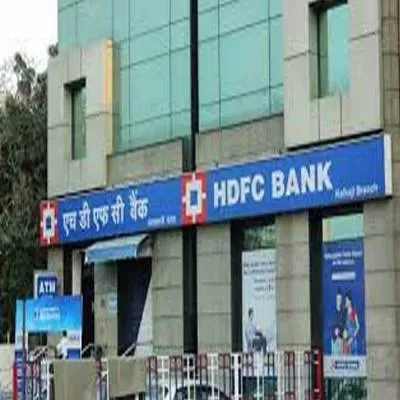

Despite India's rapid digital transformation, there is a growing emphasis among banks on expanding their physical presence across the country. The widespread digitization in banking has allowed even the remotest villages to connect to the internet, initially sparking questions about the future of traditional branch banking. However, banks now acknowledge the enduring importance of physical branches, particularly for deposit mobilisation.
In the face of competition for savers' funds from mutual funds and alternative investment options, banks increasingly recognise the necessity of establishing a visible presence in areas where they aim to attract customers. This recognition has prompted the addition of over 3,500 branches by the top four private banks in the last two years.
While routine banking activities are preferred through digital transactions, more complex transactions like investments, overseas fund transfers, and loans often require in-person visits to branches.
HDFC Bank, having recently merged with its home-financier parent, has taken the lead in expanding its branch network to address the temporary assets-liability mismatch resulting from the merger. The bank's network expanded by 27 percent last year. In the same period, ICICI Bank's branches increased by eight percent, and Axis Bank's branches increased by three percent.
Even with the trend towards digital banking, a survey by Accenture in March 2023 revealed that a significant number of customers still depend on branches for balance queries and prefer face-to-face interactions for specific banking needs.
Branches represent a considerable investment for banks due to high rental and maintenance costs. However, they also serve as platforms for financial education and cross-selling opportunities, especially in rural and semi-urban areas. HDFC Bank branches break even to their costs within two years, with 90 percent of branches breaking even in 20-21 months.